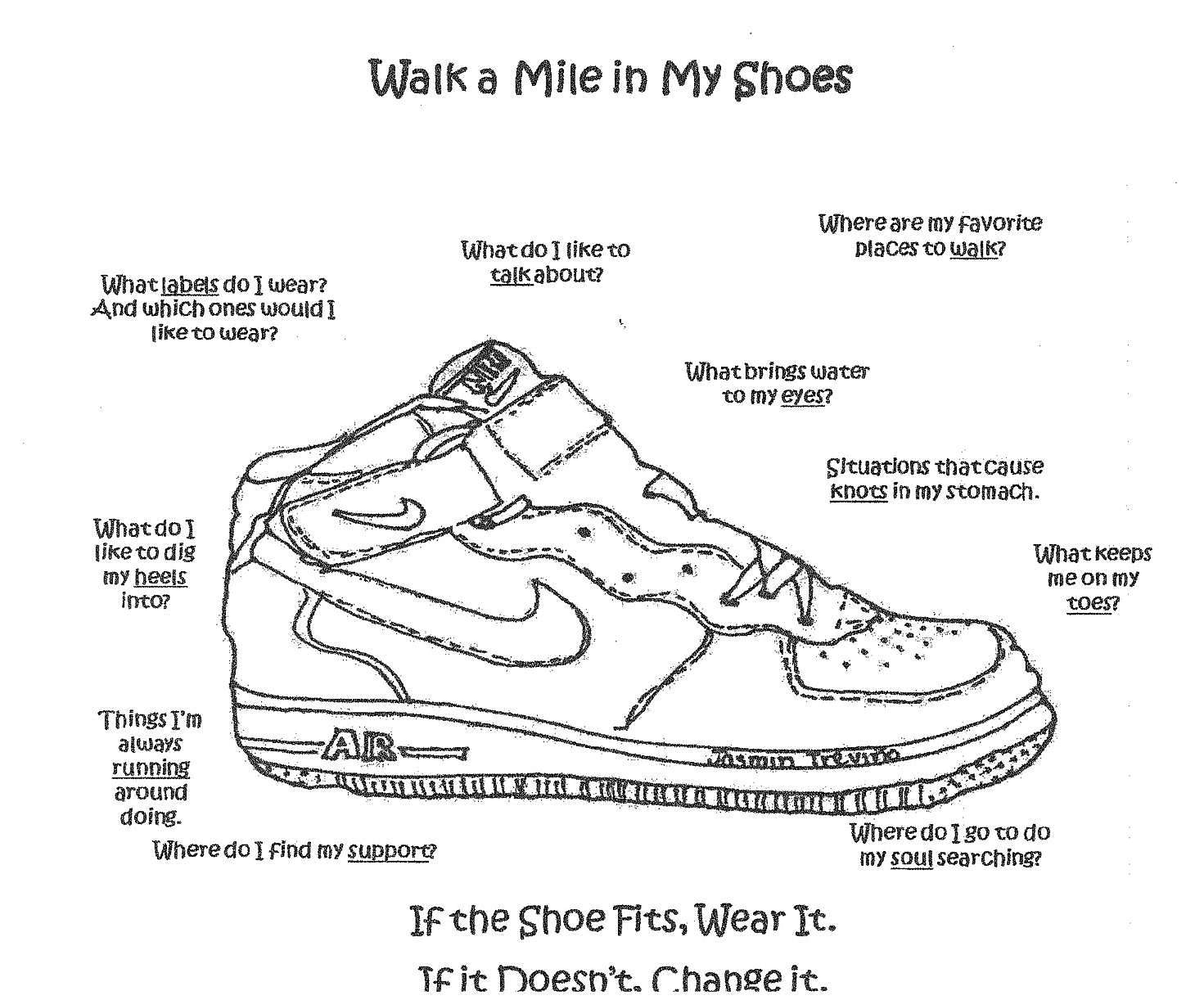Back to School!
3 Min Read • Back to School
Back to School!!!
Two words streaming though campus hallways across America.
With these words comes the anticipation of a new back to school year and the reality of the work that is ahead. For me, these words hold a new meaning as I step into my first full time position as an Instructional Coach. As my responsibilities have shifted to coaching new teachers on campus, my weekly articles too will start to adapt to these new experiences, while maintaining a focus on dance and high school.
As we embark upon a brand new back to school year, the number one most important advice I give to teachers, both new and returning, is if you first build structure in your class then the teaching of content will be fulfilled. Without clear policies and procedures in class, you will find that the majority of the class period will be devoted to putting out fires instead of igniting imagination.
Relationships
When it comes to high school, the relationship between student and teacher is essential as these young adults need to like and trust you in order to be receptive to your instruction. Don’t be afraid to take the first day to get to know each other. Meet student at the door, learn their names, ask question about their life, share stories.
A great first of the year activity is what I call My Shoes. It opens the conversation without implying too much vulnerability. Have students fill out the shoes and move all the desks and create a circle. Spend as much time as it is needed for each student to share about themselves. This relationship building will bring the class together, and more importantly open the lines of communication while building trust between the teacher and the students.
Environment
Another very important aspect to building a welcoming class environment is in the use of the space. It is all too common for high school classrooms to be set up in rows facing the front. The message we send with this set up is “I am the teacher, I am in control, and you are going to sit and watch me.” This message often contradicts our mission of putting education in the hands of the students and helping students to take responsibility for their own education. This environment immediately turns teacher into preacher (see my article Preacher or Facilitator). So, consider adjusting your space to a circle, square, horseshoe, debate style, or groupings. This is a non verbal way of saying “Welcome to YOUR classroom.”
Procedures
Procedures are imperative to a smooth running classroom. Devote the first few days to explicitly discussing and practicing procedures. Think about the following:
1. How should students enter?
2. How do we begin class?
3. How does a student signal that they need to use the bathroom or get a drink of water?
4. How do we move around the space for different activities?
5. How do we prepare and experience a class discussion?
6. How do we look at the end of the class to show we are ready to go?
7. How are we dismissed?
8. What happens if I am late?
9. What happens if I am absent?
10. How do we turn in paperwork?
Words are powerful, but if we use them too much they become powerless. The less we use our voice for procedural things (going to the bathroom, quieting the class, dealing with lateness) the more important and valued our voices are for important content information. Design procedures for all of the above and create nonverbal ways to deal with these daily occurrences.
Practice…Practice…Practice
Practice your procedures over and over until they are seamless. If a student does not follow a procedure, thank them for reminding us that we need to revisit the correct procedure, and have them do it again. Once the structure of you class is in place and mastered, the content will become the focus and not classroom management.
Welcome Back to School!
Piquès & Pirouettès
-Typh
Next Week: Practicing Procedures
Some ready to use, fun ideas for practicing procedures in the classroom.





